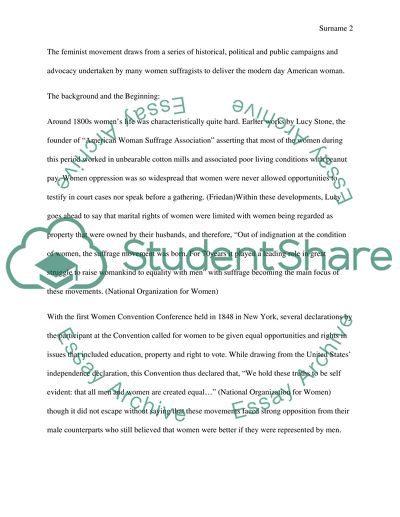Cite this document
(“Women's Rights Movement Research Paper Example | Topics and Well Written Essays - 1000 words”, n.d.)
Retrieved from https://studentshare.org/history/1449944-women-s-rights-movement-source-documents-only
Retrieved from https://studentshare.org/history/1449944-women-s-rights-movement-source-documents-only
(Women'S Rights Movement Research Paper Example | Topics and Well Written Essays - 1000 Words)
https://studentshare.org/history/1449944-women-s-rights-movement-source-documents-only.
https://studentshare.org/history/1449944-women-s-rights-movement-source-documents-only.
“Women'S Rights Movement Research Paper Example | Topics and Well Written Essays - 1000 Words”, n.d. https://studentshare.org/history/1449944-women-s-rights-movement-source-documents-only.


